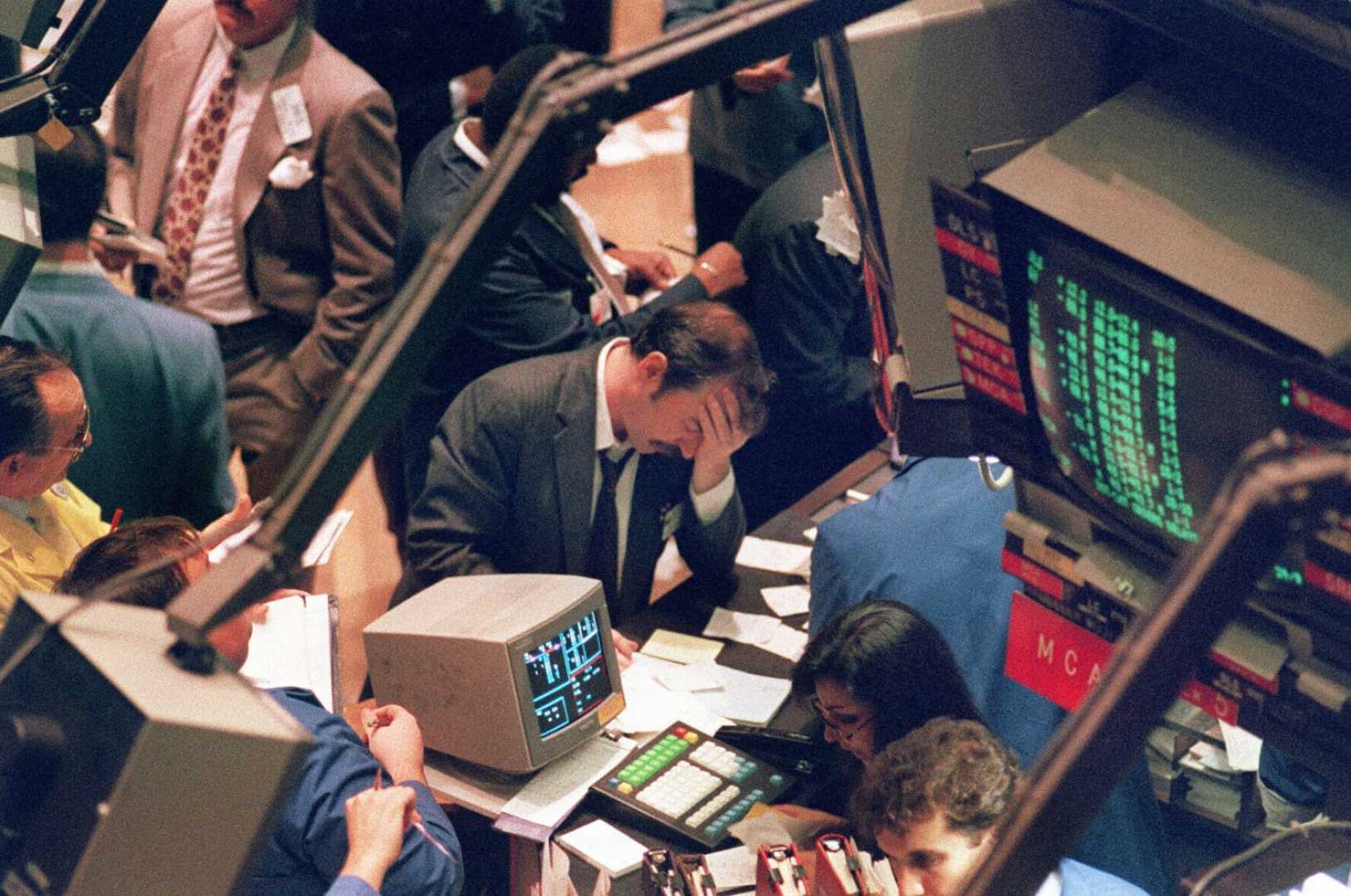Business
Small-Cap Stocks Plummet Amid Trump’s New Tariffs

NEW YORK, April 3, 2025 — Small-cap stocks fell sharply into bear market territory on Thursday, driven by widespread market sell-offs that followed President Donald Trump’s announcement of sweeping tariffs against nearly all U.S. trading partners. The Russell 2000 index dropped approximately 6.6% during the session, translating to a total decline of about 22.5% from its recent peak in November.
A bear market is defined by a drop of 20% or more from recent highs, while a correction is indicated by a 10% decline. The ramifications of Trump’s tariff plan were felt heavily across the stock market. Major indices recorded steep losses, with the S&P 500 declining 4%, the Dow Jones Industrial Average losing over 1,600 points, and the Nasdaq Composite plunging nearly 6%.
Keith Lerner, co-chief investment officer at Truist, commented on the situation, stating, “They’re getting hit because the economy is softening. That’s going to hurt profits. On the other side, they’re still paying high levels of interest payments on debt because they have more of this floating-rate debt.”
The sell-off marks a reversal from a string of gains following Trump’s election, when small caps benefitted from perceived advantages of deregulation and tax cuts. In fact, the Russell 2000 closed out the election week in November with an 8.6% gain, almost outperforming the S&P 500 by four percentage points.
However, the recent downturn has been exacerbated by the ongoing economic uncertainty, particularly as small-cap companies, more reliant on domestic markets, face challenges from rising tariffs on imported goods. Economists predict a ripple effect on consumer prices, which could lead to decreased consumer spending.
Amid these changes, small-cap stocks are projected to face the brunt of the impact due to lesser financial flexibility compared to larger corporations. “Small caps, in the first half of an economic recession, are usually down 13%, so it’s already worse than where we were for the average recession,” Steven DeSanctis, an equity strategist at Jefferies, explained. “For the average bear market, small caps are down 26%, so we’re nearing that number.”
Potentially fueling recovery, some analysts believe that a shift in Federal Reserve policies may occur if economic conditions deteriorate significantly enough. Presently, traders are pricing in an over 71% chance of rate cuts later this year. “If the economy gets weak enough, do we get support from the Fed? We say yes. That’s usually good for small caps,” DeSanctis suggested.
The looming threat of higher tariffs particularly affects companies that source products from overseas markets like Vietnam, which may soon face a 46% tariff under the new regulations. As many small-cap companies depend heavily on imported goods, the changes could drastically affect profit margins.
Despite the current tumult, some analysts remain hopeful that small-cap stocks could rebound as concerns related to tariffs may start to dissipate in the summer, particularly if the Fed initiates support through rate cuts. Lerner highlighted that a focus on tax cut extensions and potential mergers and acquisitions may also position small caps for recovery.
As the market reacts to the broader economic implications of these tariffs, major corporations like Nike and Best Buy faced significant declines, with share prices down approximately 14% and 18%, respectively. The volatility underscores investor concerns over the adverse effects of Trump’s tariffs on economic growth and overall market stability.
In summary, the recent market actions concerning small-cap stocks and broader indices reflect heightened unease in response to Trump’s onset of tariffs, which continue to reshape market dynamics amidst ongoing economic concerns.












